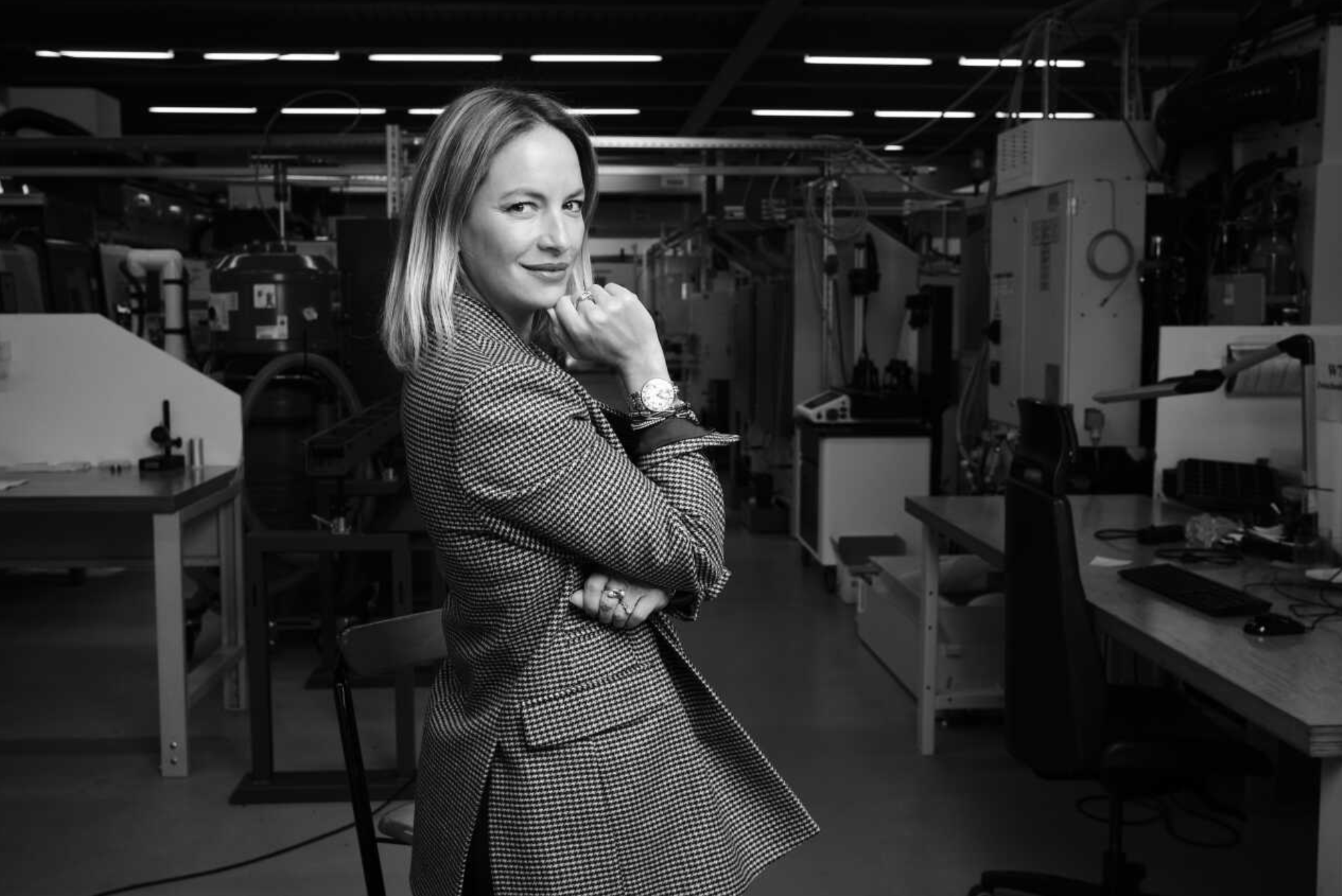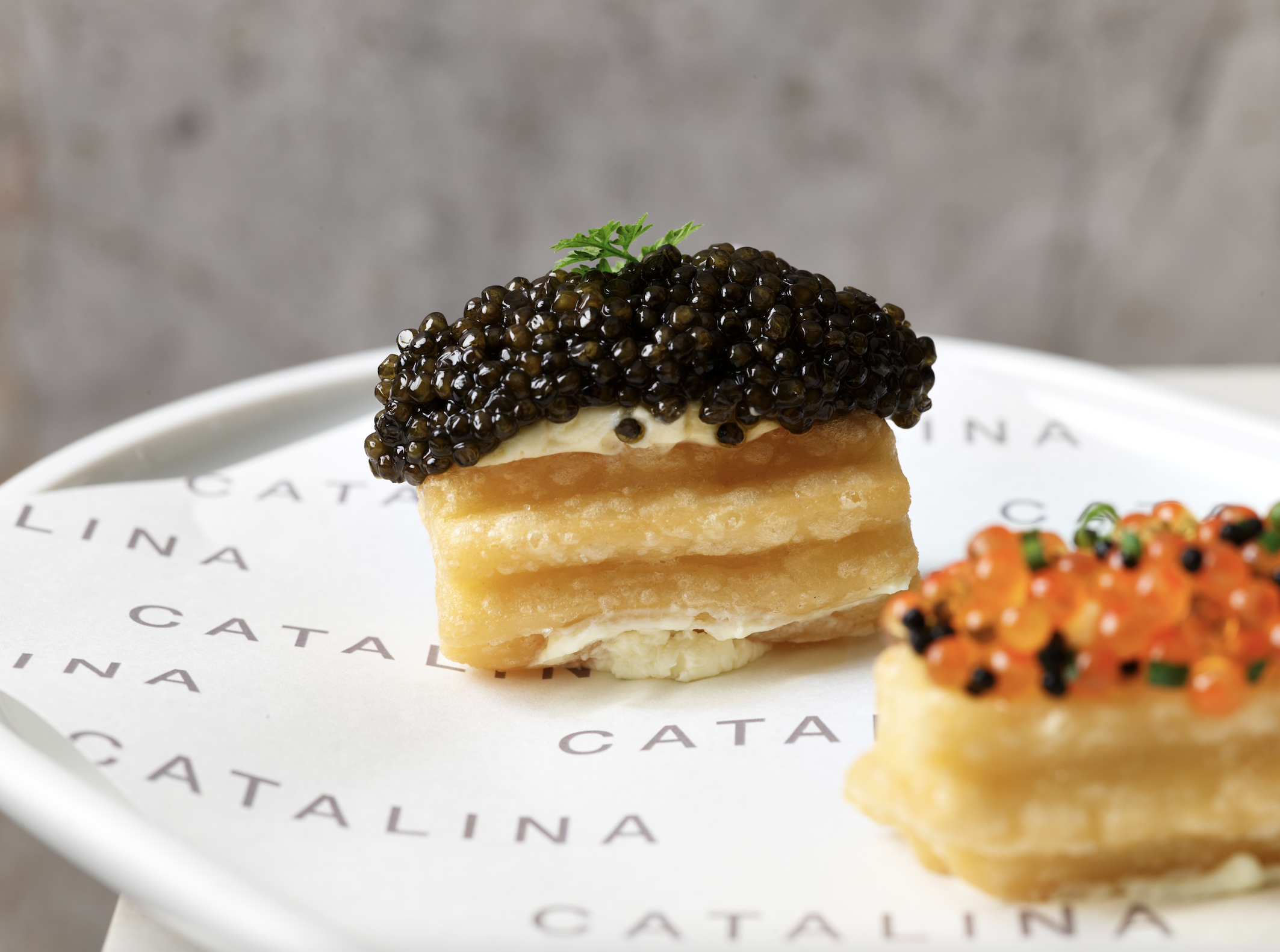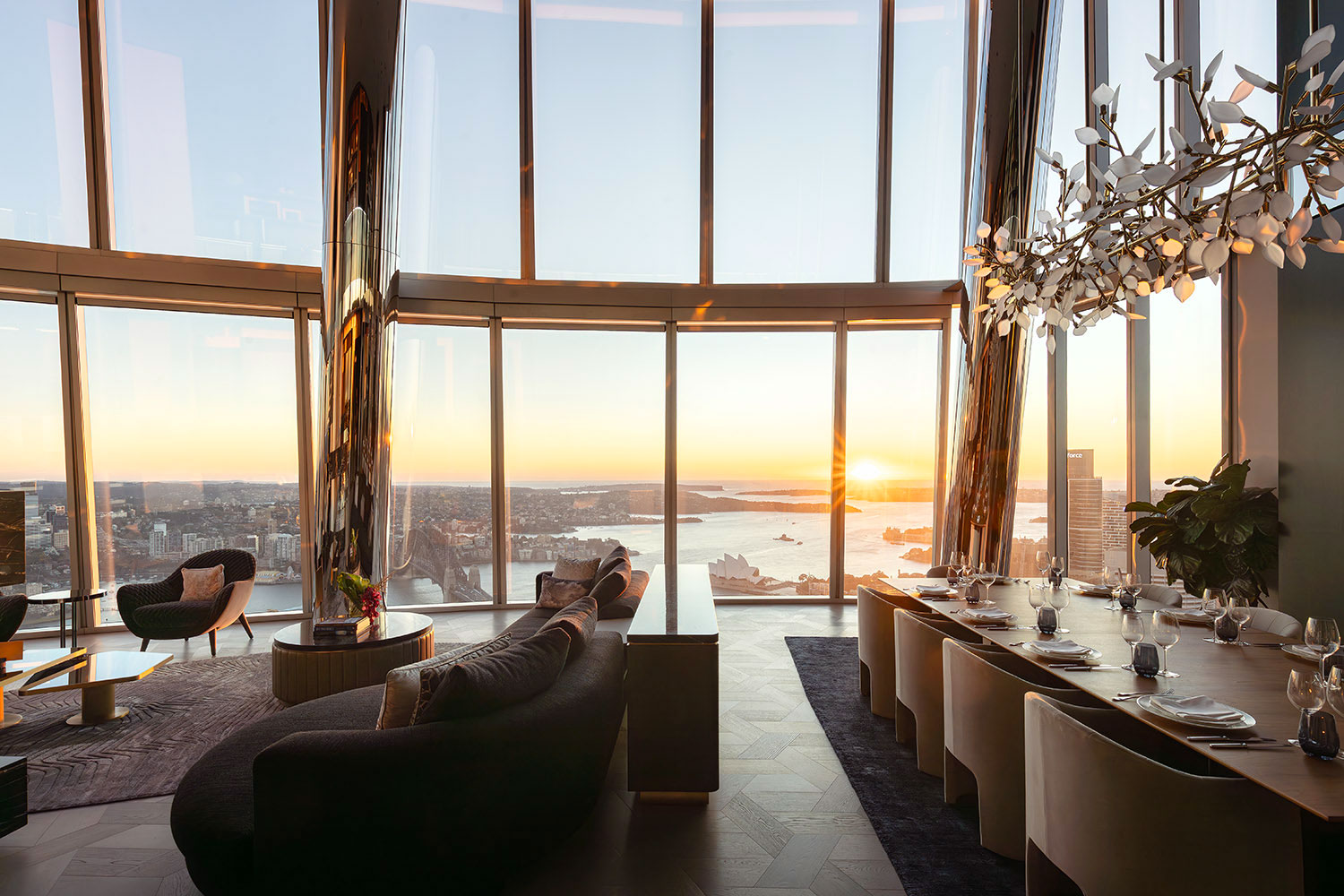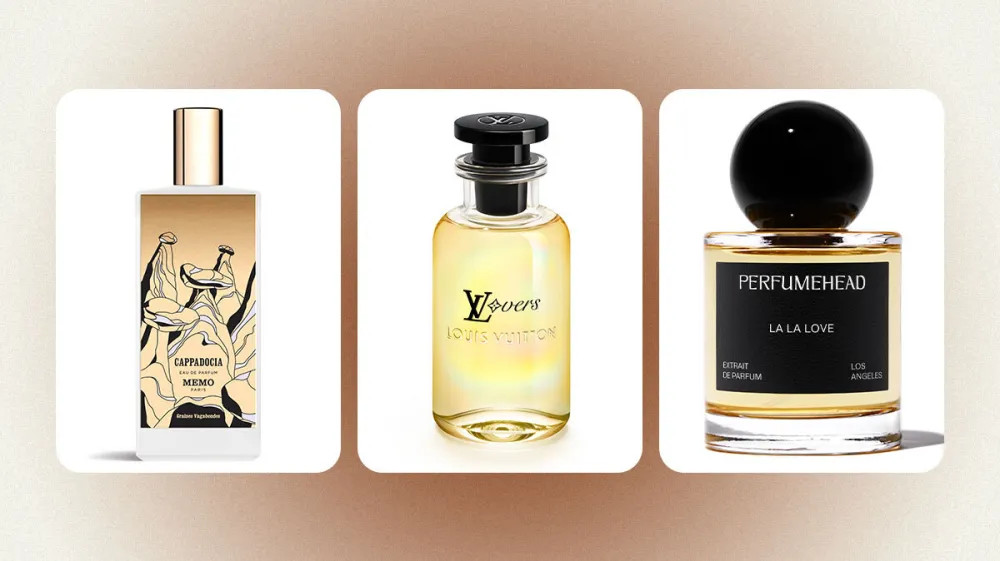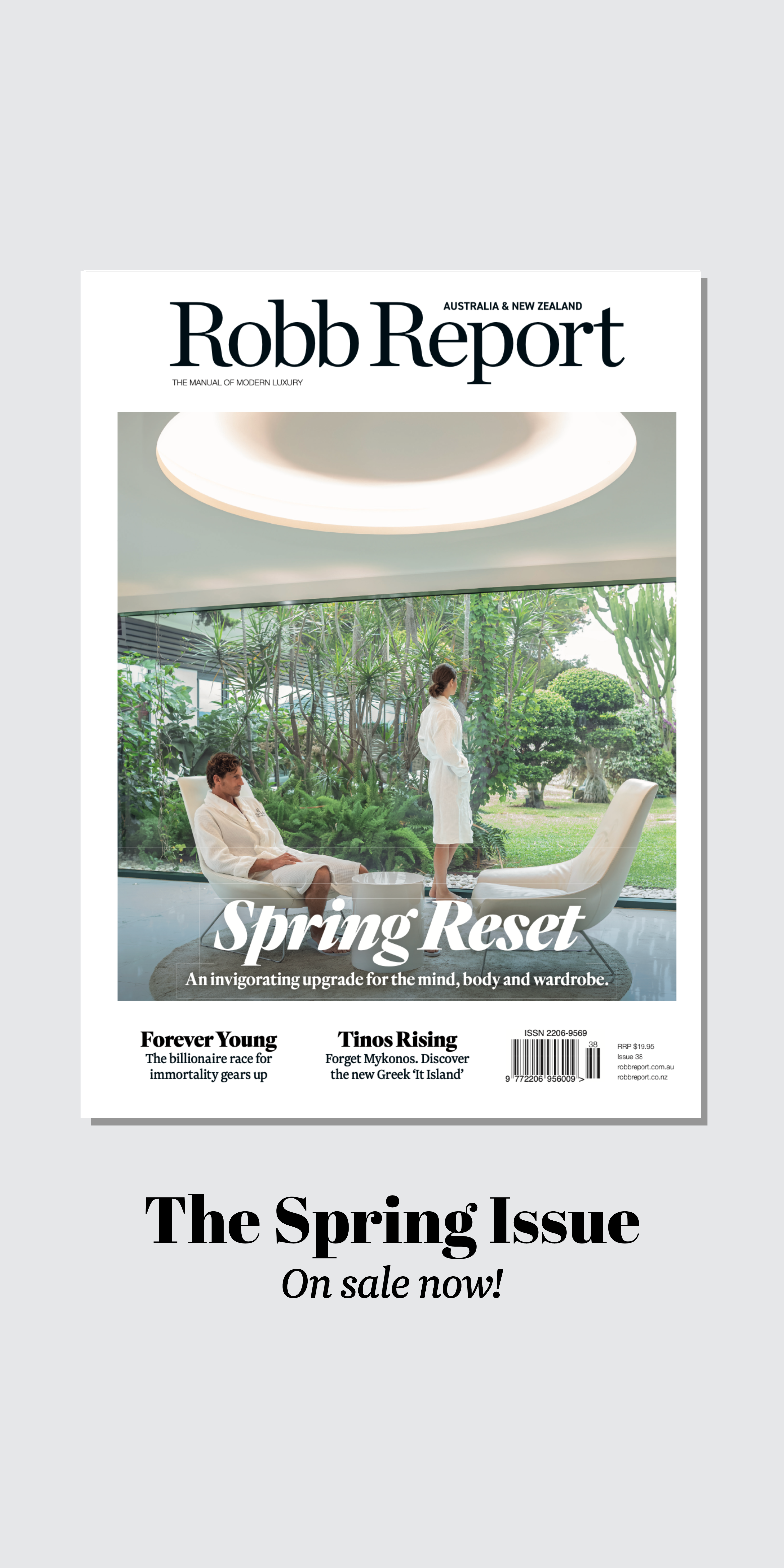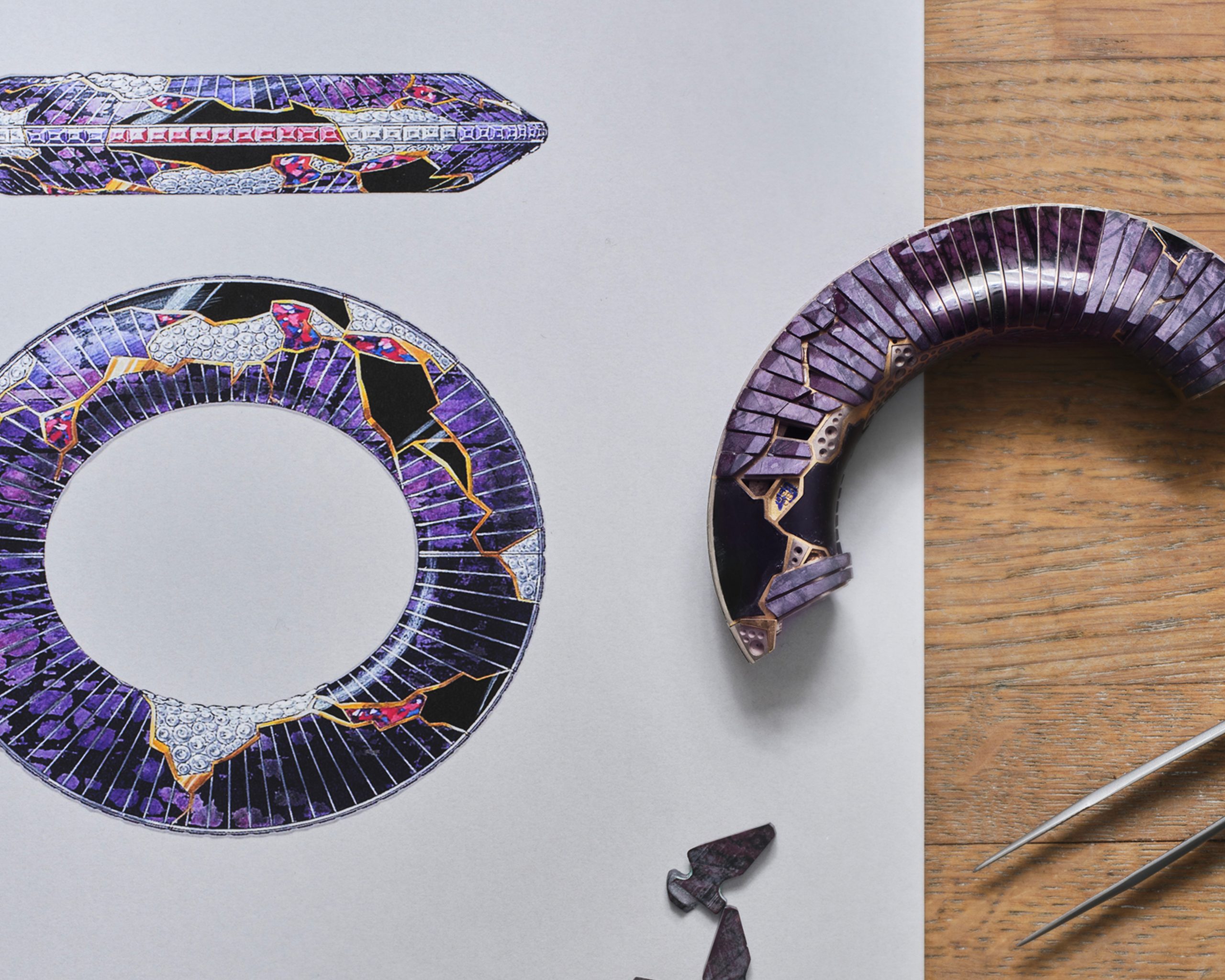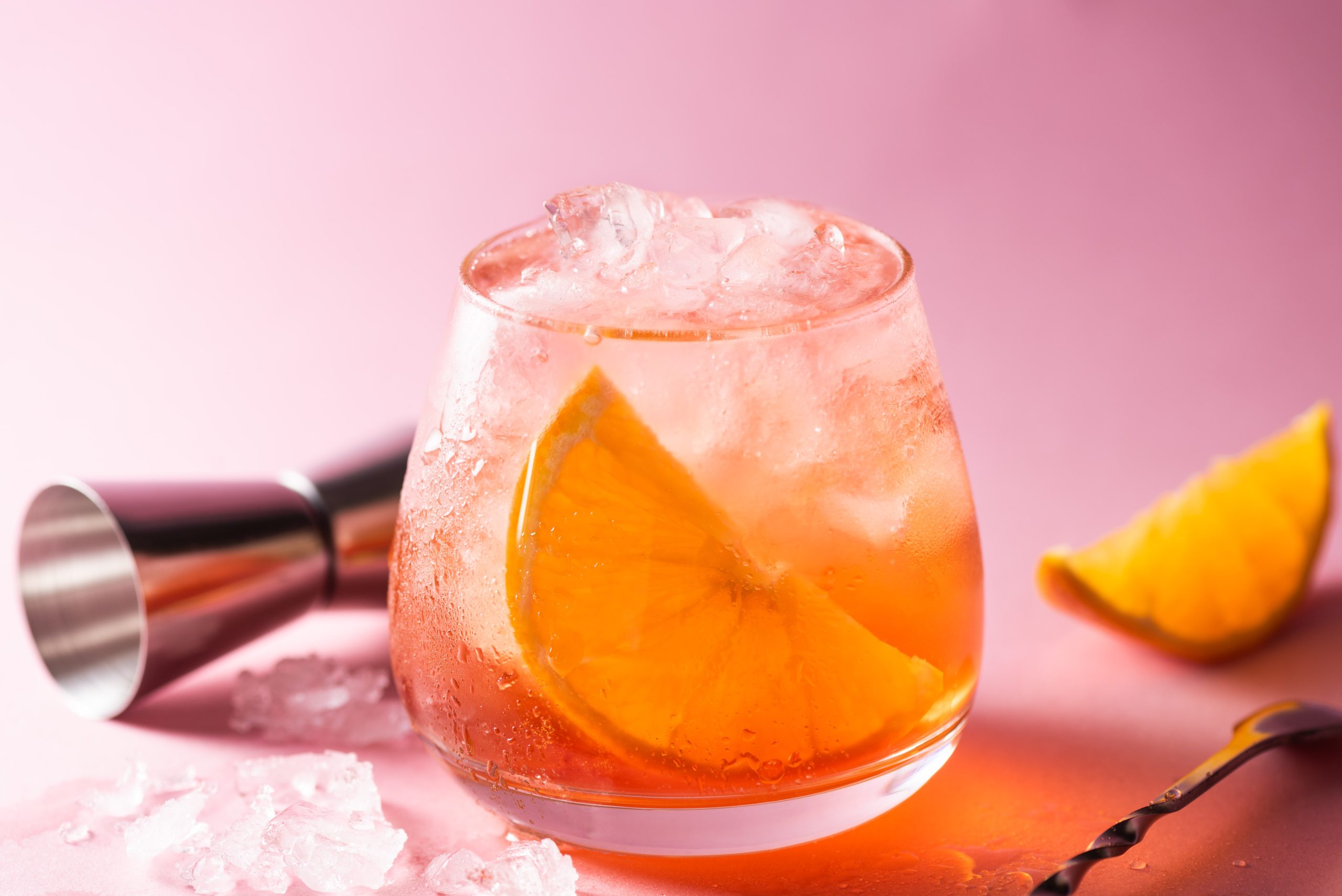
Summer Splash!
The perfect communal cocktails —sure, call it punch then—for your summer parties.
Related articles
Green & Bubbly
Pisco is a brash young spirit, and so vodka here acts as a kind of chaperone, taming and stretching out the high peaks and reducing the intensity. This pairs with Chareau, a new-ish liqueur made from aloe, melon, spearmint and cucumber, which tastes like how a spa feels. Combine them all with lavender and champagne, and you have a broad, cooling, beautifully floral way to greet your guests.
270 ml vodka 270 ml pisco
15 ml Chareau 180 ml lime juice
3/4 cup sugar
6 good dashes Scrappy’s Lavender Bitters
1 bottle Brut champagne 360 ml soda water
Peel eight limes, add sugar and muddle to bruise them. Cover and let sit for one to two hours
to allow the sugar to draw out the oils. Then add lime juice,
stir to dissolve the sugar and strain out the peels. Combine this with vodka, pisco, Chareau and lavender bitters and chill. When it’s time to serve, pour mixture into a large serving bowl and add a very large piece of ice. Add the sparkling water and champagne and stir briefly to combine. Garnish with lime and/or cucumber wheels.
Deep & Fruity
This punch, adapted to a large format from one of my favourite bourbon cocktails, straddles the line between soft and serious. Apricot and Amaro Meletti fit together like a dream—the former’s sweetness adds warmth to the floral bittersweet juiciness of the latter—and chamomile and bourbon are so in sync they finish each other’s sentences. Put it all together and you’ve got something floral and pretty but still punchy enough for the most robust bourbon fan.
6 tbsp. sugar
240 ml lemon juice
450 ml bourbon
180 ml Amaro Meletti 180 ml apricot liqueur 360 ml chilled chamomile tea
540 ml cold water
Peel six lemons, add sugar and muddle to bruise them. Cover and let sit for one to two hours to allow the sugar to draw out the oils. Then add lemon juice, stir to dissolve the sugar and strain out the peels. Combine this with the rest of the liquids and chill. When it’s time to serve, pour mixture into a large serving bowl and add a very large piece of ice. Garnish with lemon wheels and chamomile flowers.
Rich & Creamy
Partly thanks to the warmth it conveys, eggnog is traditionally associated with Christmas, but good eggnog can be drunk at any time of the year, and is a total crowd-pleaser. The best way to think of it is as boozy unfrozen ice cream. And when we say boozy, we’re not kidding. This is our strongest punch of the batch, because we want there to be enough alcohol to cure the milk and eggs within two to three weeks.
Yes, this is eggnog that you can, and indeed should, age. That is, if you can avoid drinking it all first.
10 eggs
1 1/2 cups white sugar
600 ml whole milk
600 ml heavy cream
24 ml aged rum
24 ml cognac
150 ml bourbon
1/4 tsp. salt
1 tsp. nutmeg
Separate the eggs, keeping just the yolks. Using an immersion blender or a mixer, beat the yolks with the sugar in a large mixing bowl until the mixture lightens in colour. Add dairy to a large bowl, then add the alcohol, salt and nutmeg, then slowly beat in the egg mixture. Pour into a glass jar and store in the fridge, if possible, at least two weeks ahead of time (same day is acceptable, but make sure your guests are okay with raw egg yolks). Serve from a chilled bowl, keeping the mixture as cold as possible, and garnish with grated nutmeg.
Spiced & Warming
In the world of tequila, it’s the raw brightness of the blancos that garners most of the attention, but when you get into the añejos— tequilas that have slumbered in oak barrels for a few years—you open up a whole new world of potential. You could have a lovely time just drinking Manhattan variations with añejos and sherry instead of whiskey and vermouth, but add some fresh citrus and cinnamon in a large format, and introduce your guests to the deeply spiced luxuriousness of aged agave spirits.
180 ml spiced syrup
540 ml añejo tequila
180 ml Amontillado sherry 180 ml lemon juice
900 ml chilled cinnamon tea
To make the spiced syrup take 1⁄2 cup sugar, 120 mm water, four to six cloves, two to four allspice berries and one star anise pod, and combine in a small pot over medium heat, stirring until the sugar dissolves. Reduce to simmer, covered, for five minutes, then remove from heat and let cool. Once the spiced syrup has been off heat for about five to 10 minutes, peel six lemons and add the peels to spiced syrup, then stir briefly. Let cool to room temperature, then strain out solids. Combine spiced syrup with the rest of the liquids and chill. When it’s time to serve, pour mixture into a large serving bowl and add a very large piece of ice. Garnish with cinnamon sticks, star anise pods and orange wheels.
Bright & Fruity
As far as flavour pairings go, there are good and bad, predictable and surprising, but we can’t think of anything quite so viscerally satisfying as the tropical acidity of passion fruit served alongside bright raspberries and the deep resonance of vanilla. This punch is the easiest to get wrong— vanilla has a tendency to cloy, and keeping it present but faint is the aim here—so use a light touch on the cream soda for a delightful, electric, devastatingly tasty punch.
3/4 cup raspberries
3/4 cup sugar
180 ml lemon juice
540 ml gin
180 ml passion fruit liqueur
180 ml cream soda, or to taste 720 ml soda water
Peel six lemons, add peels and raspberries to sugar and muddle well to bruise the peels and smash the berries. Cover and let sit for one to two hours to allow the sugar to draw out the oils. Then add lemon juice, stir well to dissolve the sugar and mix the raspberries and then strain out the solids. Combine this with the rest of the liquids and chill. When it’s time to serve, pour mixture into a large serving bowl and add a very large piece of ice. Add the cream soda and the soda water, stir briefly to combine and garnish with fresh raspberries and lemon wheels.
Subscribe to the Newsletter
Recommended for you
First Among Equals
Women are an emerging force in the watch-buying market, but their influence hasn’t been reflected at executive level—until now. The She-suite are coming.
By Alex Cheney
October 18, 2024
Catalina Turns 30
While Most Restaurants Possess The Lifespan of a Butterfly, Catalina Stands Apart For Serving Sydney For Three Decades
October 2, 2024
You may also like.
By Alex Cheney
18/10/2024
18/10/2024
You may also like.
First Among Equals
Women are an emerging force in the watch-buying market, but their influence hasn’t been reflected at executive level—until now. The She-suite are coming.
In an era when fierce online conflicts against total strangers are normalised, where the posting of a cat meme on Instagram can spark World War III, it should come as no surprise that the modern horological battleground is equally heated—especially the moment conversations around gender enter the fray. Should women wear men’s watches? Why are brands bothering to make unisex timepieces? What’s the correct wrist-to-watch ration on a lady? Do women even like watches? At any given time, all these questions and more are bandied around social media and internet forums of varying degrees of sageness. Australian women may have secured suffrage over 100 years ago, but their right to adorn their wrists with anything they see fit is clearly not sacrosanct.
What’s not up for debate, however, is that an increasing number of women continue to enter the global space as enthusiasts, collectors and buyers, undeterred by the surrounding noise. Global market research firm Allied Market Research estimates that by 2027, the women’s watch segment will be worth around $39.6 billion. And according to the watch platform Chrono24, the proportion of women who bought luxury watches of at least 40 mm in diameter—around the starting size point for a typical men’s timepiece—grew from 21 percent to 35 percent between 2019 and 2023.
Granted, numbers of this magnitude have piqued the interest of most major brands. But behind the gleaming boutique facades and slick advertising campaigns there remains a dearth of women in senior leadership positions. CPIH, a group that represents the interests of the Swiss watch industry, reports that only 17 percent of the top horology jobs are held by women.
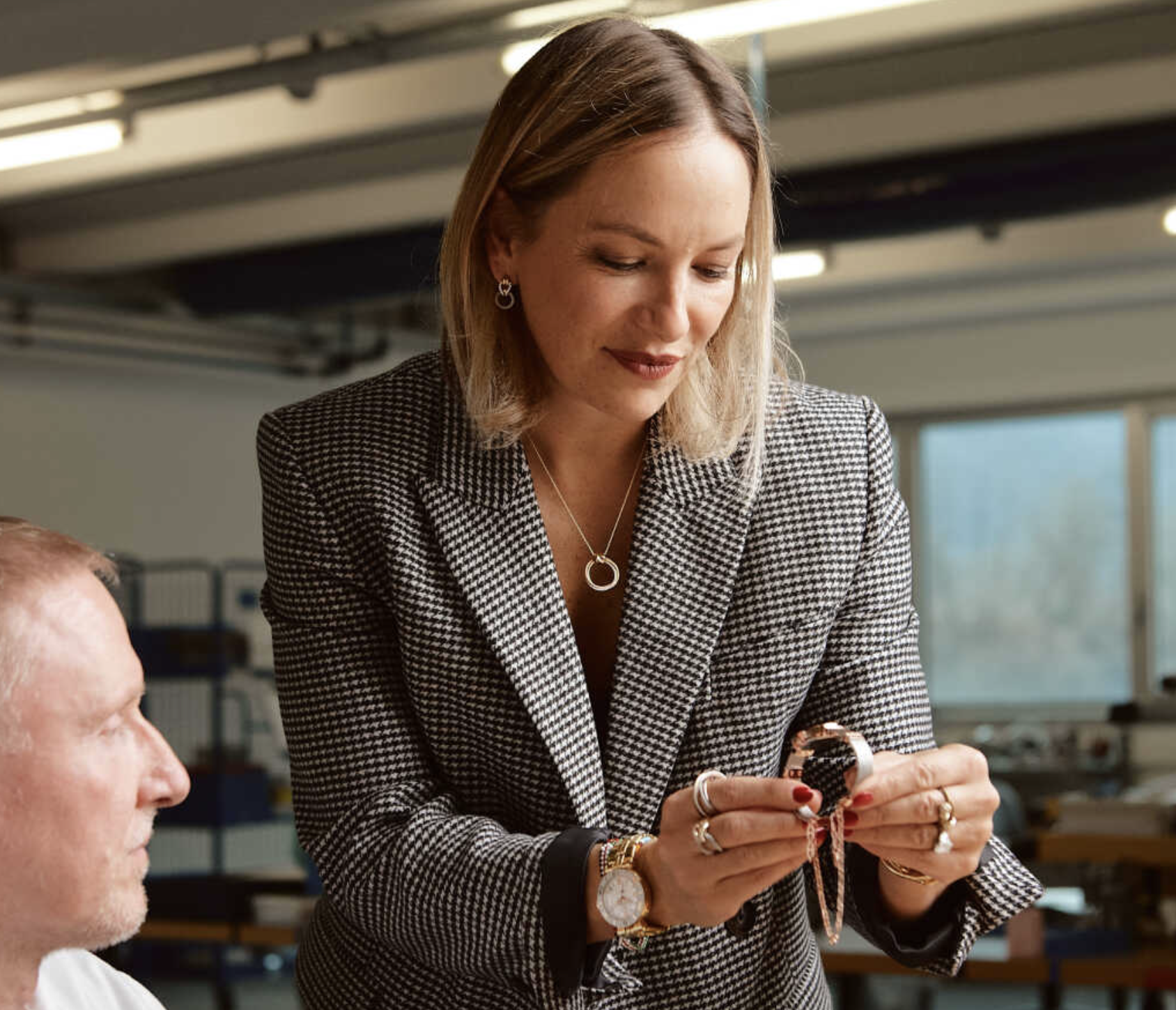
“At the top of the pyramid, in the C-suite, we’re very few,” confirms Coralie Charriol, chairman and CEO of Charriol, the Geneva-based watch company started by her father Philippe Charriol in 1983. “There’s long been women in the manufacturing, marketing and sales sides. They’re just not at the top.”
“Being the boss is freakin’ hard” she continues. “You’re the decision maker. And I’ve made the decision to model my watches off of myself in the sense that I am trying to design for an active woman, a woman who has multiple roles in her life… of course there are many, many different kinds of women. You can’t design for everyone, but you hope that what you’re creating and your message is going to reach many people as possible.”
It’s no secret that throughout watchmaking history, male executives made and marketed timepieces that largely mirrored themselves in taste, and perhaps, appearance. But, as the watch segment enters a period of unprecedented growth—a report this year by Business Research Insights puts the industry’s market size at just over $200 billion by 2031—there are green shoots of hope that a more progressive outlook will spread across executive leadership, brand partnerships and marketing efforts.
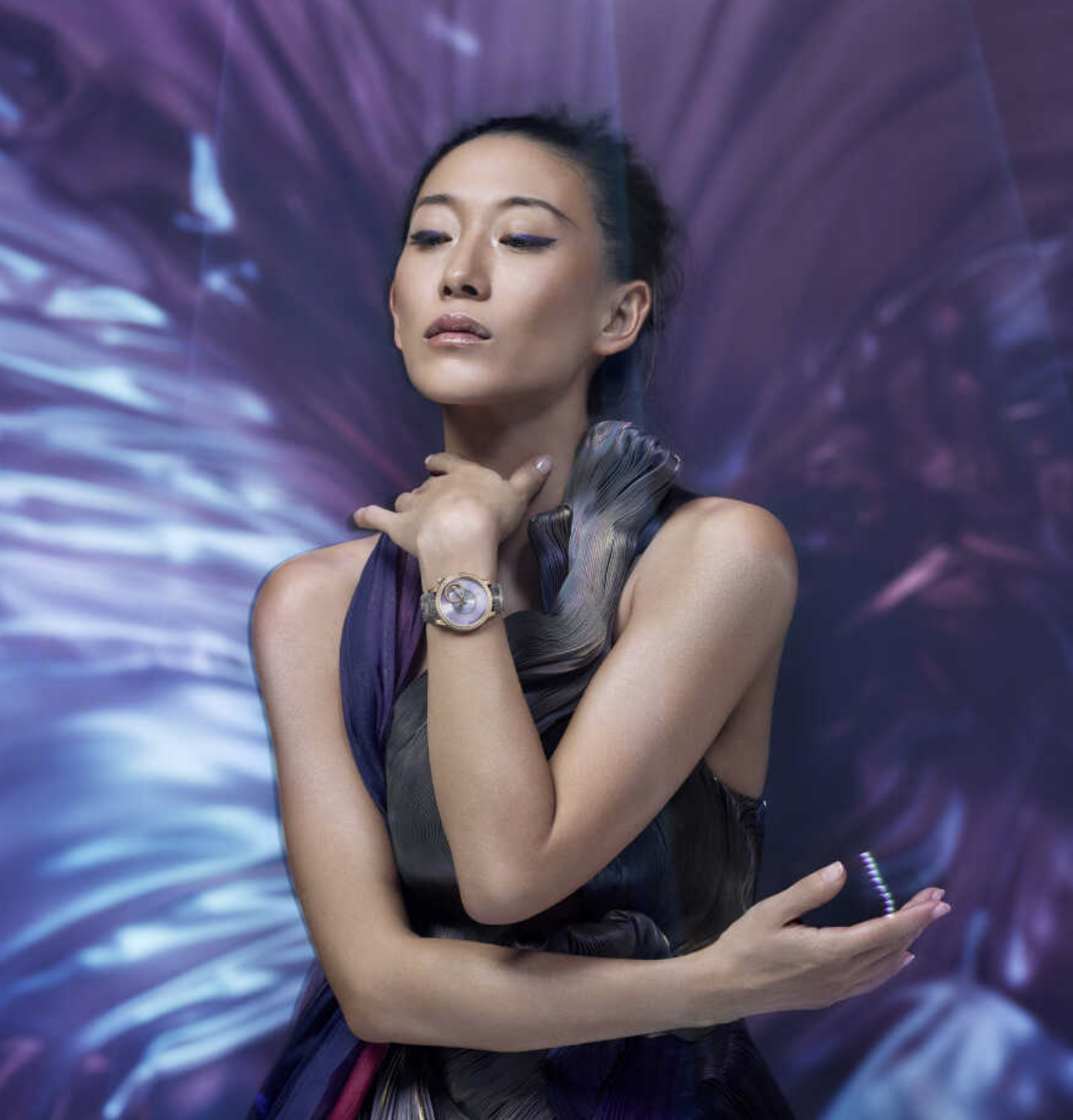
Take this year’s Watches & Wonders exhibition in Geneva, where one of the most talked-about novelties was Vacheron Constantin’s Égérie Pleats of Time concept watch. A collaboration with Yiqing Yin, a Paris-based female haute couturier and brand ambassador, the timepiece included a perfume-infused strap woven with mother-of-pearl shards. Alexandra Vogler, CMO of Vacheron Constantin, previously worked in the fragrance industry. “Merging culture and art and high watchmaking, this is very interesting,” she told Robb Report at the Swiss conference. “For me, these emotional dots I connected, I did so across three teams because I know when mixing creatives that’s how you get to birth new ideas.”
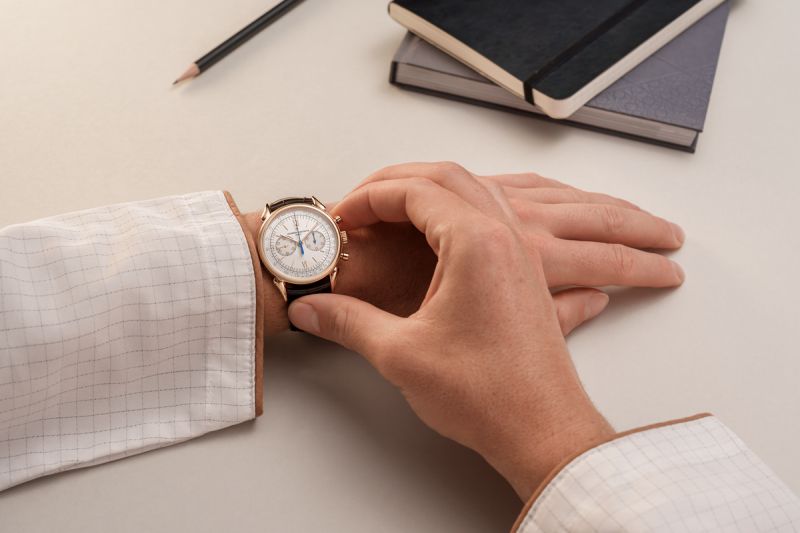
In Vogler’s roughly two years as CMO, she’s rebuilt the brand’s portfolio and announced a collaboration with the Metropolitan Museum of Art. The three-year agreement will support various educational initiatives and bespoke collaborations, including the creation of Vacheron Constantin timepieces inspired by artworks from The Met collection.
A few booths away stood Jaeger-LeCoultre’s CEO Catherine Rénier, who’d recently commissioned two-Michelin-star chef Himanshu Saini to create the Precision Atelier, a gastronomic experience that delves into the science of ingredients. Rénier, who since our chat has been tapped to be Van Cleef and Arpels’ new boss, remarked: “Watchmaking is a very niche, initiated world. So we open up this world to a larger audience through another field that will showcase similar values. And then of course, the artistic dimension is important because we do feel that more and more that the relationship to your timepiece is the same as a piece of art.”
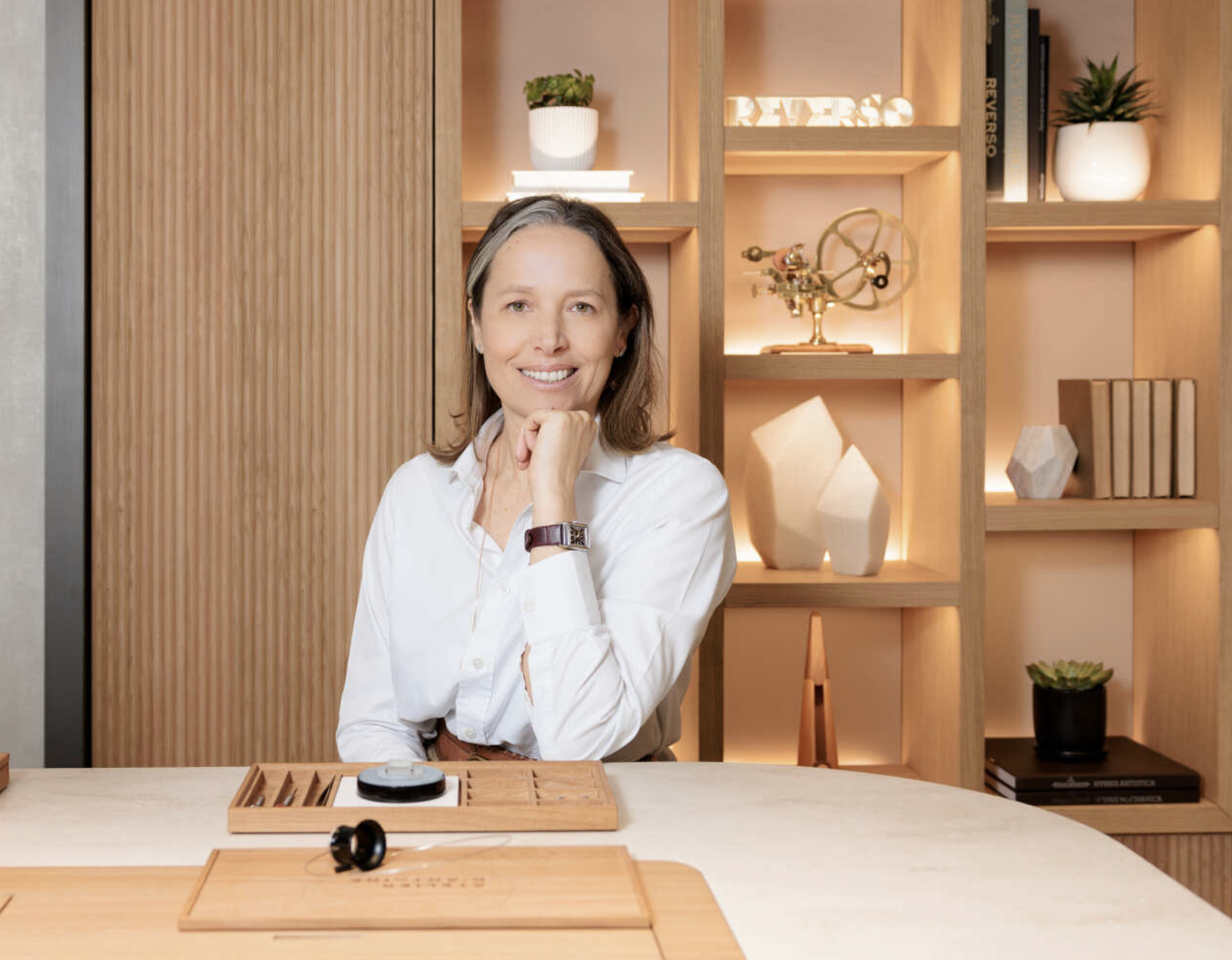
By incorporating voices from the spheres of fashion, culinary and fragrance—different domains, sure, but with shared values like precision, beauty and expertise—more varied connections to watch brands are formed beyond customers strictly interested in horology, who historically have skewed male. “I believe that you cannot talk to women the same way you talk to men about watches,” insists Coralie Charriol. “They respond to different touchpoints.”
This formula has already begun producing dividends. In February, the six variations of the Chronomat collection from Victoria Beckham for Breitling debuted, complementing the British designer’s spring/summer 2024 collection. A month earlier at Paris Fashion Week, couturier Tamara Ralph dressed her models in a limited-edition Audemars Piguet Royal Oak Concept Flying Tourbillon. Quite a way for Ilaria Resta, the marque’s incoming CEO, to make a statement. (It’s worth noting, too, that Resta joins Ginny Wright, CEO of Audemars Piguet Americas, in the C-suite of the Swiss company)
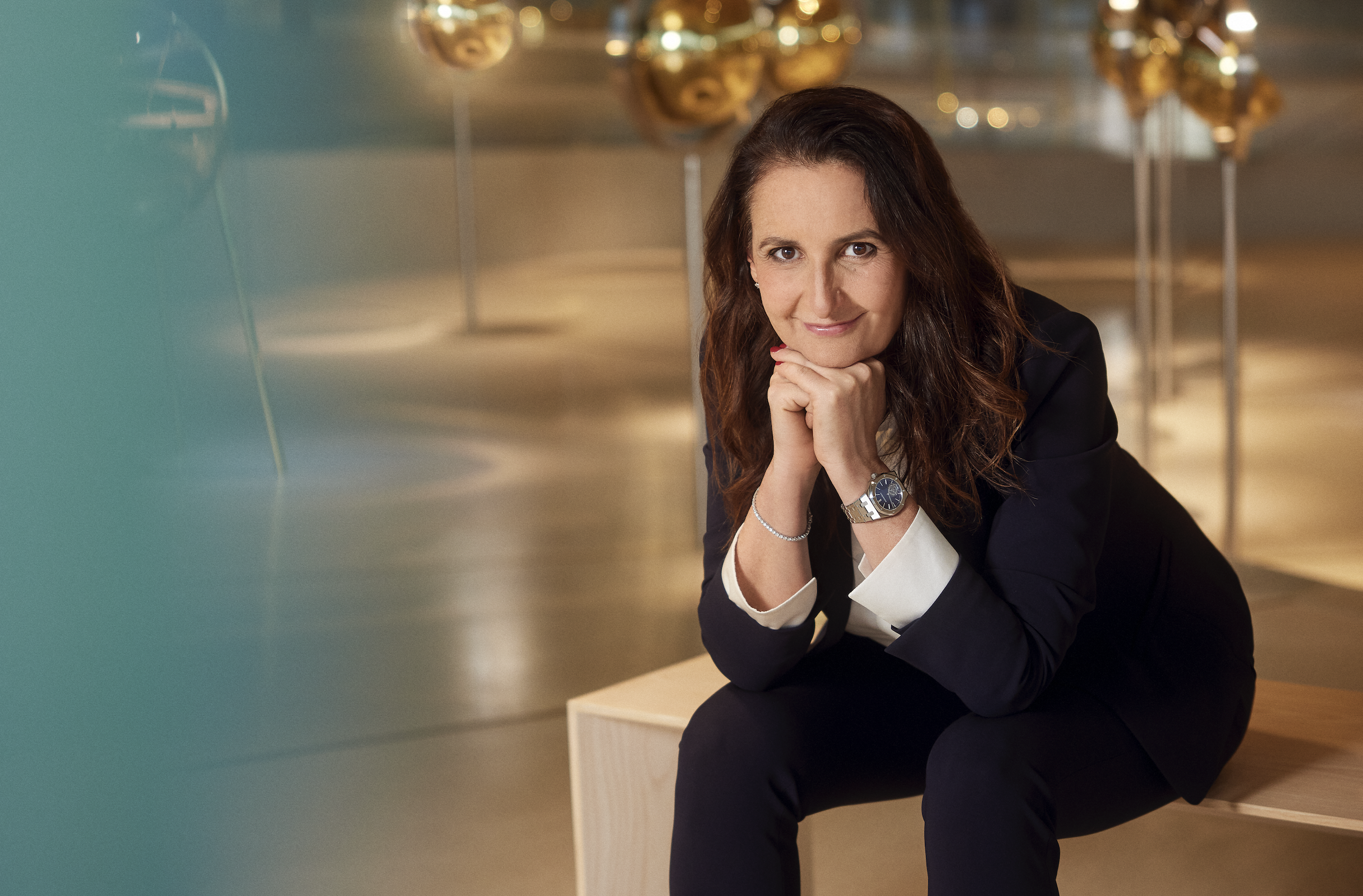
While fashion and fragrance are proving to be useful conduits for attracting more diverse audiences, female collectors are also expressing interest in more intricate timepieces.
“We have the opportunity to be in touch with more and more women and we are listening to what they want,” Resta told online magazine Revolution Watch in March (though, for the record, she declined an interview with Robb Reportfor this story). “There is a demand for complicated watches for women. The complications for women don’t necessarily have to be the same as those for men. I’ll give you an example. The Starwheel is an amazing watch that is very much loved by women. But at the moment, it only comes in a 41 mm diameter case. It is very appealing to women as a poetic representation of time and as a design statement, so of course we need to look into this.”
Female collectors throughout history, according to Vacheron Constantin’s Alexandra Vogler, have been rich veins of inspiration; in the 19th century, 30 percent of the letters received by the manufacture came from women. “We’ve had specific requests from our female clients for a rotating bezel, winding mechanisms. We have evidence in our archives demonstrating that women’s requests pushed the boundaries of innovation.”
Indeed, the history books show that women played a pivotal role in the development of modern timekeeping; it’s believed the first wristwatch was made for England’s Queen Elizabeth I in the 16th century, while in 1810, Caroline Bonaparte, the Queen of Naples, commissioned Louis Breguet to create a piece especially for her.
Perhaps, internet trolls, women are the original watch bosses after all.
You may also like.
18/10/2024
By Brad Nash
16/10/2024
Follow Your Nose
Embark on an olfactory adventure with these location-inspired scents.
At the end of a memorable visit to the Dominican Republic, Robert Gerstner decided to commission a souvenir. He’d been fascinated by the aromas of cigars being rolled and boxed during a factory tour, so he asked his friend and travelling companion, the perfumer Bertrand Duchaufour, if he could bottle the scent.
“I didn’t really think there were any great tobacco fragrances out there,” Gerstner says, and he would know. For nearly 30 years he’s run Aedes, a New York City perfume shop that offers exclusive scents, including an in-house collection called Aedes de Venustas. The newest, Café Tabac, debuted last December and is the product of Duchaufour’s efforts. It’s named for the Big Apple’s long-shuttered supermodel hangout, but the scent is redolent of the Dominican Republic’s key export.
Since then, a raft of houses have launched scents that are either directly evocative of, or otherwise inspired by, specific destinations—a trend that makes sense given our near-insatiable thirst for visiting new places. “Locations are one of the main things fragrances stir up in you,” Gerstner says.
“It just happens that you get inspired by travelling.”
Arquiste A Grove by the Sea
Lopud, Croatia
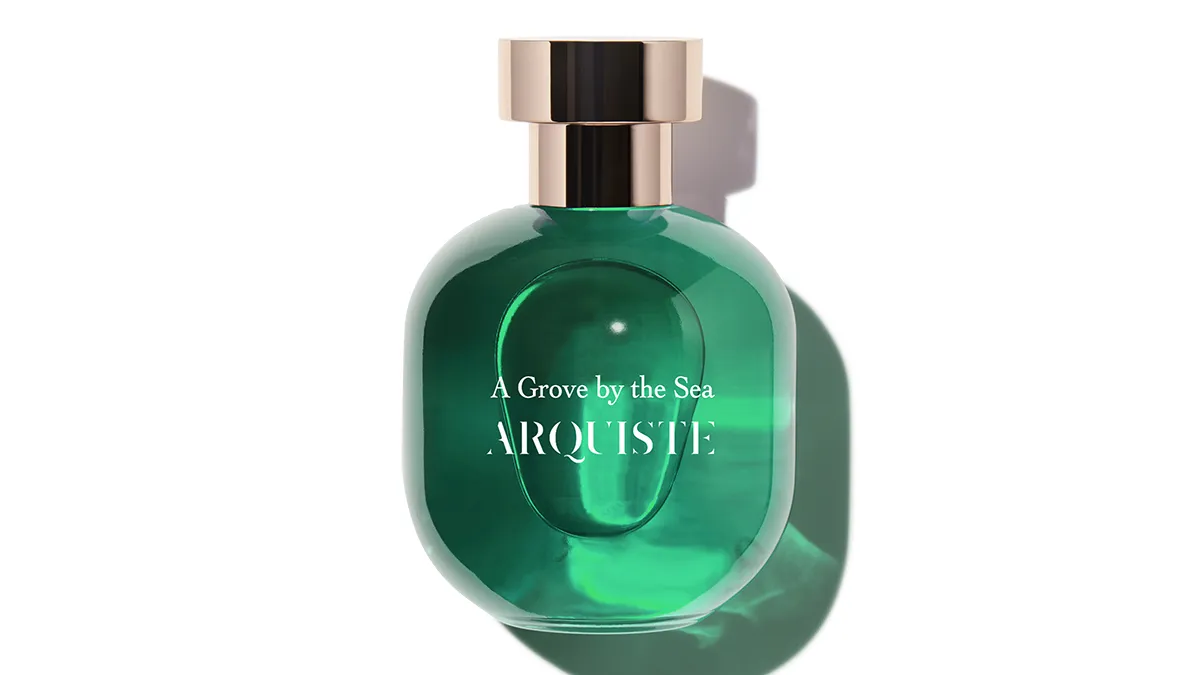
This small island in the Adriatic Sea has forests of pine, cypress and some of the tallest palms in Europe. The scent, created with perfumer Rodrigo Flores-Roux, captures the sea air that blows through their leaves and fronds to combine with the crisp aroma of locally grown thyme, rosemary and figs. Around $330 for 100 ml
Louis Vuitton Lovers
Virginia, USA
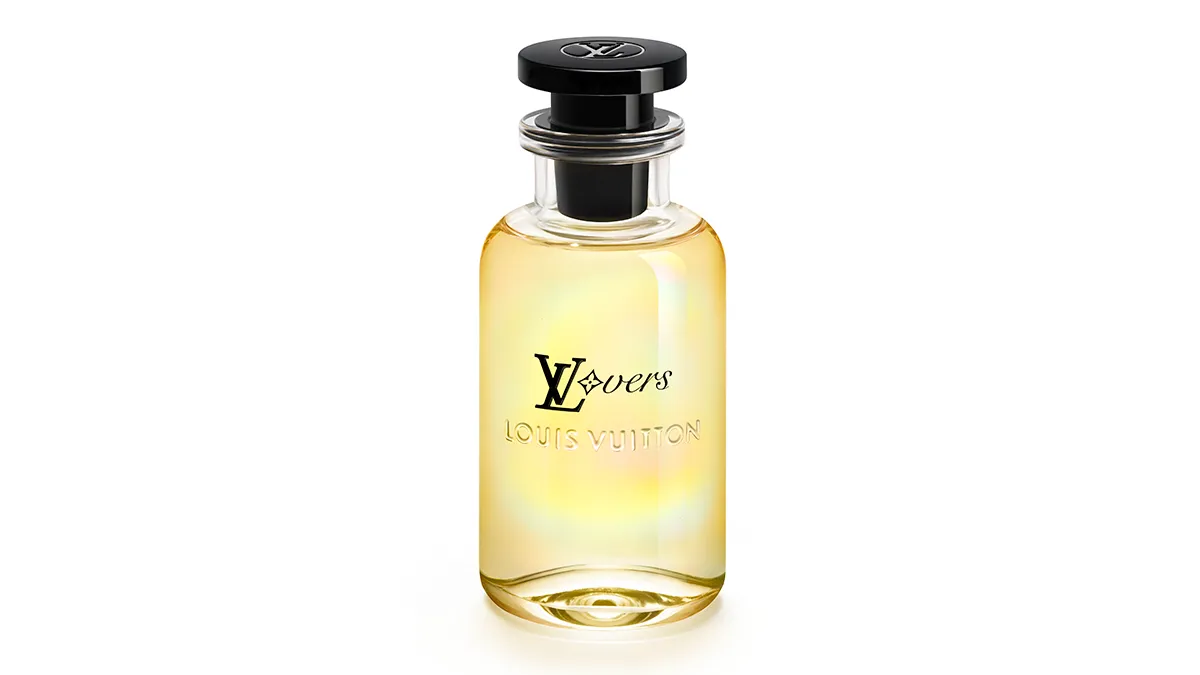
Pharrell Williams asked Vuitton’s in-house master perfumer Jacques Cavallier-Belletrud to capture the energy of sunshine. The result—named in reference to Williams’s home state, Virginia (which, they say, is for lovers)—is a bright, lively blend of galbanum, cedarwood, sandalwood and ginger. $535 for 100 ml
Perfumehead La La Love
Los Angeles, USA
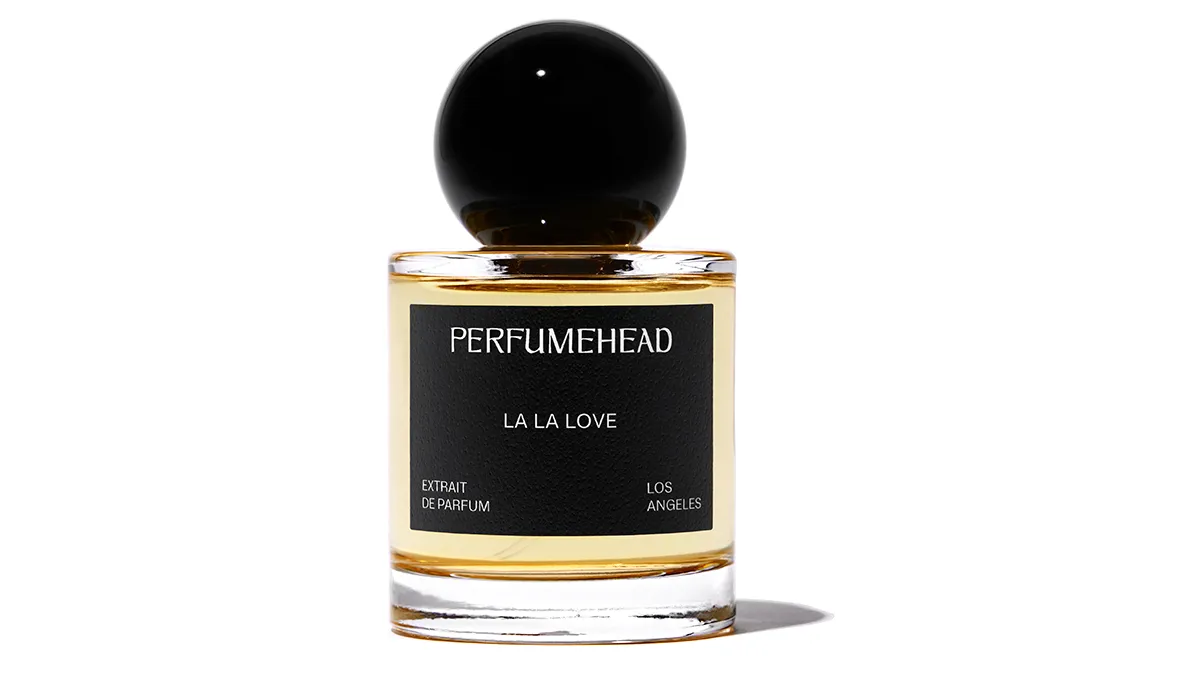
Consider this an olfactory ode to the City of Angels creatives who work as hard as they play. Perfumer Constance Georges-Picot’s gourmand concoction smells like a cocktail you could easily have one
too many of, with boozy Cognac notes mixing it up with vanilla absolute, incense, sandalwood and musk. Around $645 for 50 ml
Memo Paris Cappadocia
Cappadocia, Turkey
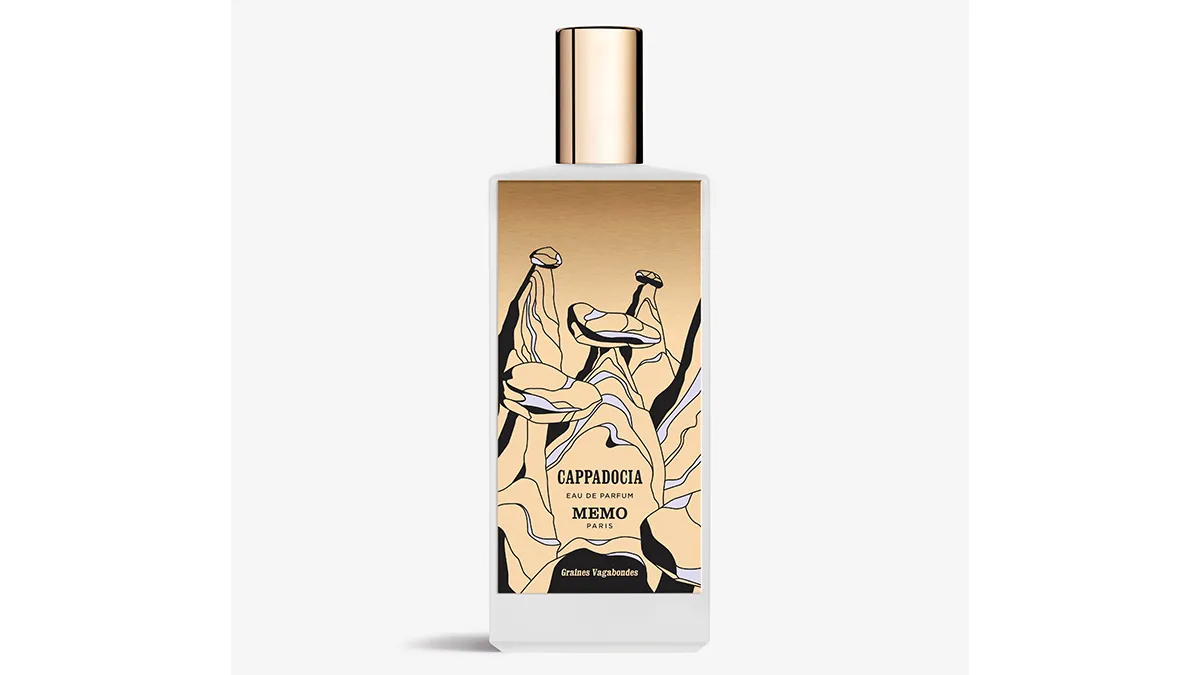
Turkey is among the world’s foremost saffron producers, and the spice’s earthy, tea-like scent takes centre stage in this effort by nose Gaël Montero. He balanced it with sandalwood, benzoin, myrrh and jasmine to create a warming scent that’s perfect for the cooler months but still works all year. $460 for 75 ml
Krigler Lindauer Löwe 08
Lindau, Germany
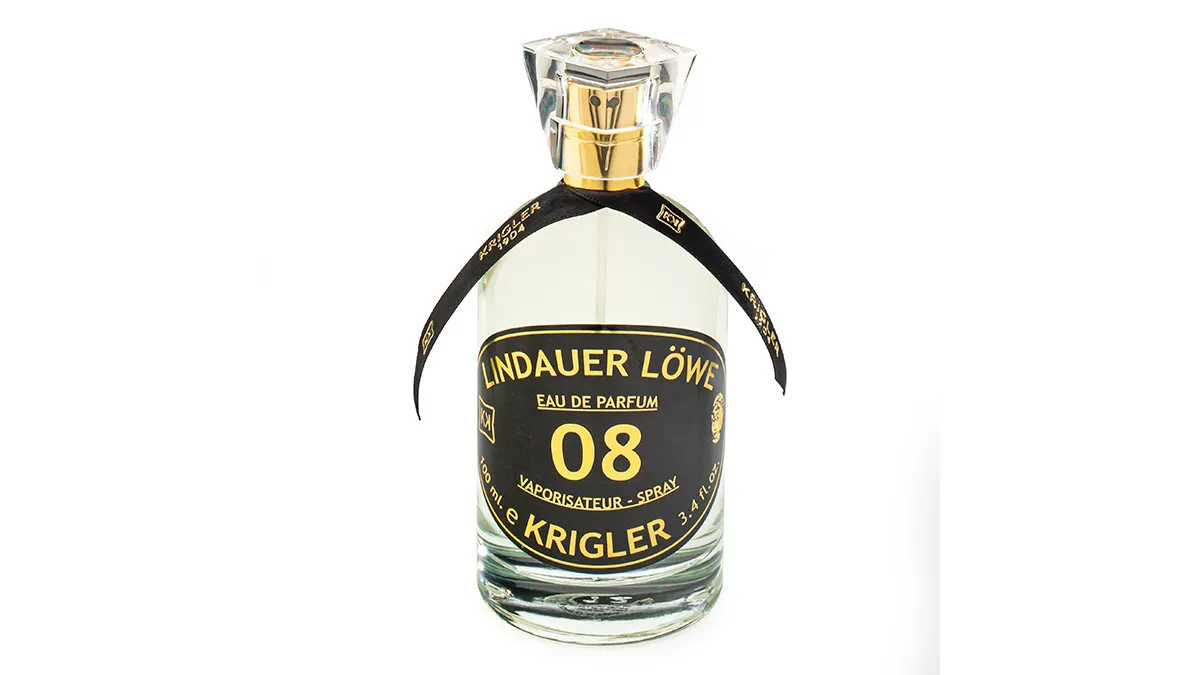
Bavaria’s answer to Capri, Lindau is a colourful island-resort town on the eastern edge of Lake Constance. Perfumer Albert Krigler loved it here so much that he dedicated a scent to the destination in 1908. His great-grandson Ben recently re-released the juice—a combination of green tea, geranium, amber and cedarwood—just this June. Around $960 for 100 ml
ILLUSTRATIONS BY Peter Oumanski
You may also like.
By Alex Cheney
18/10/2024
By Brad Nash
16/10/2024
The Art of Cartier
The Maison des Métiers d’art plays a pivotal role in preserving Cartier’s most special bodies of expertise.
Cartier is a brand synonymous with lavish city living. Yet despite its swathe of multi-storey monuments to all things brilliant, it’s a rather unassuming Maison, set amidst the rolling green fields of La Chaux-de-Fond, where the house’s most special brand of magic is woven.
Seasoned connoisseurs of fine watches and jewellery are now well familiar with the works of the Maison des Métiers d’art—a special workshop set up by Cartier in late 2014 to serve as a temple of traditional craftsmanship. Home to a host of artisans, many of whom have been working for Cartier for years, it has since become the de facto birthplace for Cartier’s most limited and special creations, bridging the space between haute jewellery and high horology while providing a unique ecosystem where one can influence the other.
Now a decade into its significant life, the Maison des Métiers d’art is celebrating ten years of growth and evolution. It has transformed from a special preserve for a once-threatened generation of artisans into a place where a new set of pioneering artists and craftspeople can emerge and thrive.
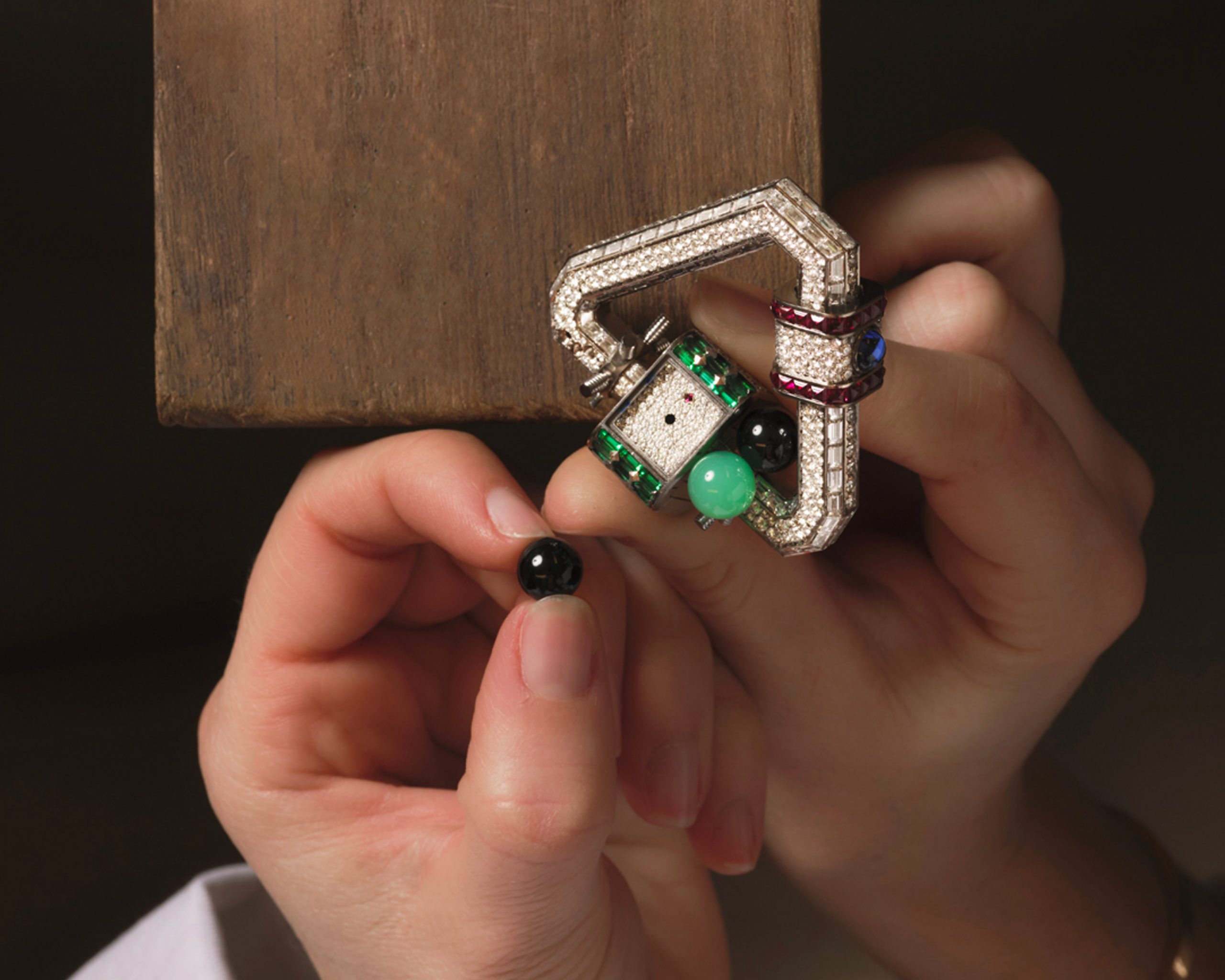
As guests and visitors look on, metalworkers and enamel artists create exquisite works of art using techniques and traditions once on the verge of extinction while innovative and experimenting with their own. Precious metal workers use granulation and filigree, techniques that date back to well before the start of the common era, to create one-of-a-kind reliefs.
Elsewhere, composers, engravers, and master setters experiment across experimental and traditional realms, working with everything from the most precious gems to simple stone, wood, and straw to produce pieces that, regardless of their composition, push the brand’s boundaries of creativity and attention to detail. A typical piece by the Maison des Métiers d’art takes hundreds of hours to produce.
In a world of luxury often defined by sales figures and splashy celebrity endorsements, the artistic merits of a house like Cartier can sometimes be in danger of getting lost among the noise. However, in this revered Maison, one is reminded of the craftsmanship and creativity that sets some institutions apart from the rest.
You may also like.
18/10/2024
By Alex Cheney
18/10/2024
Golden Touch
Discretion is the better part of glamour at the glittering Maybourne Beverly Hills.
Los Angeles does not want for star wattage, but for years now, the city’s hotel scene has been a little lacklustre. So news that the beloved Montage hotel has been completely redone under the Maybourne brand (the British powerhouse that operates Claridge’s, The Connaught, and Berkeley Hotels in London, and the recently opened Maybourne Riviera on the Côte d’Azur) should come as a boon to Australians looking for a new Tinseltown bolthole.
Situated within Beverly Hills’ famous Golden Triangle, just north of Wilshire Boulevard and Four Season’s Beverly Wilshire, and one block from the world-renowned luxury retailers, restaurants and celeb-spotting of Rodeo Drive, The Maybourne Beverly Hills offers a chic retreat from the designer flexing at its doorstep; a rare escape in the heart of this storied enclave that flies under the radar like a cap-wearing celeb dodging the paparazzi.
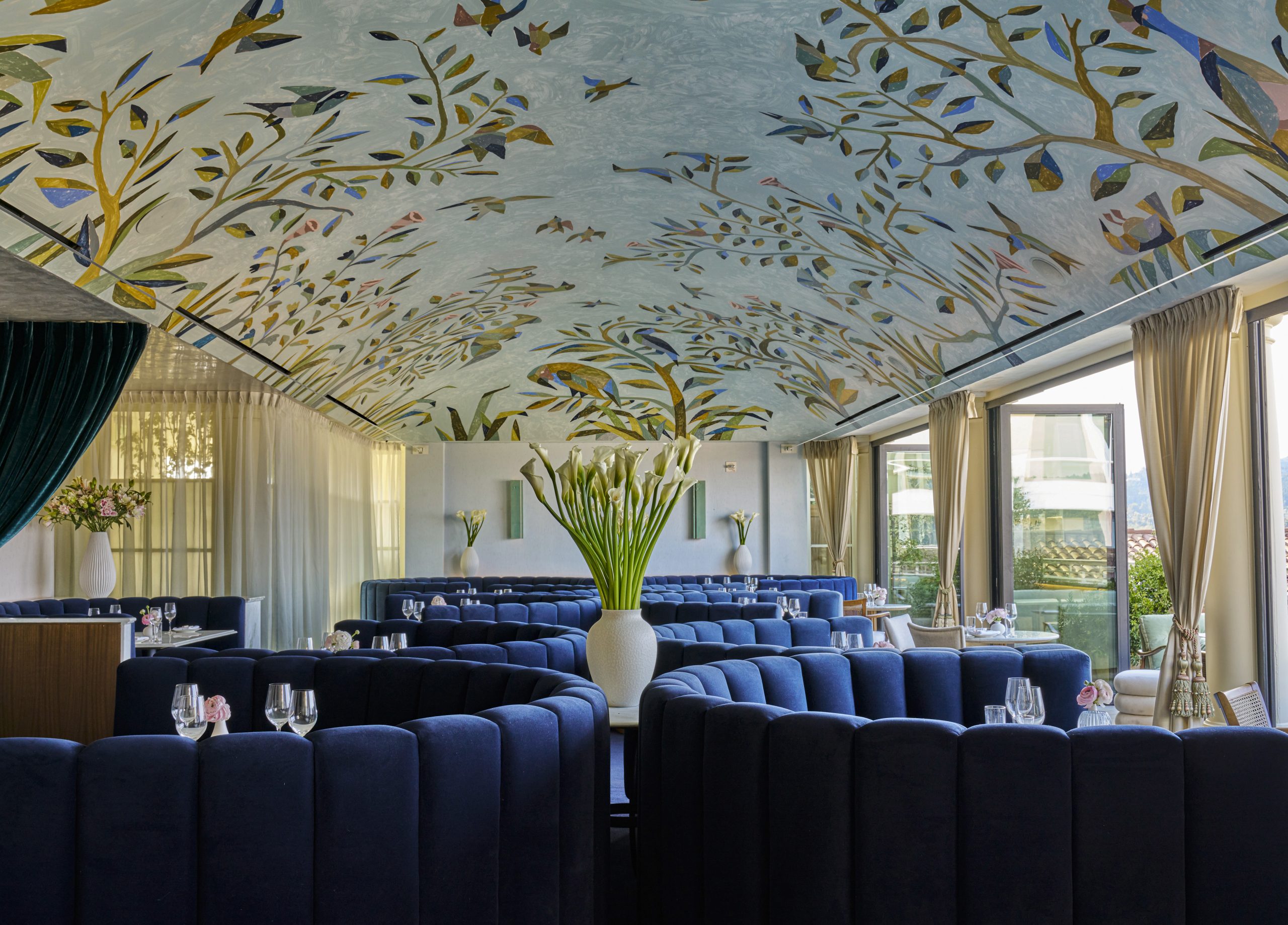
Set amid the manicured, Mediterranean-style Beverly Cañon Gardens plaza, which unfolds from the hotel’s west entrance, the new incarnation of Montage Beverly Hills (55 suites and 20 private residences, each with a balcony or patio with a courtyard or city view) still evokes the grand estates of Old Hollywood while feeling like you’re in a European mainstay.
Revealing a restrained new guestroom and suite design by Bryan O’Sullivan, a blue-chip art collection and some of the most solicitous staff in town, the Maybourne speaks in a laid-back Californian accent but still holds true to the luxury touchpoints of five-star service for which one of the world’s most exclusive neighbourhoods—and hotel brands—is known.
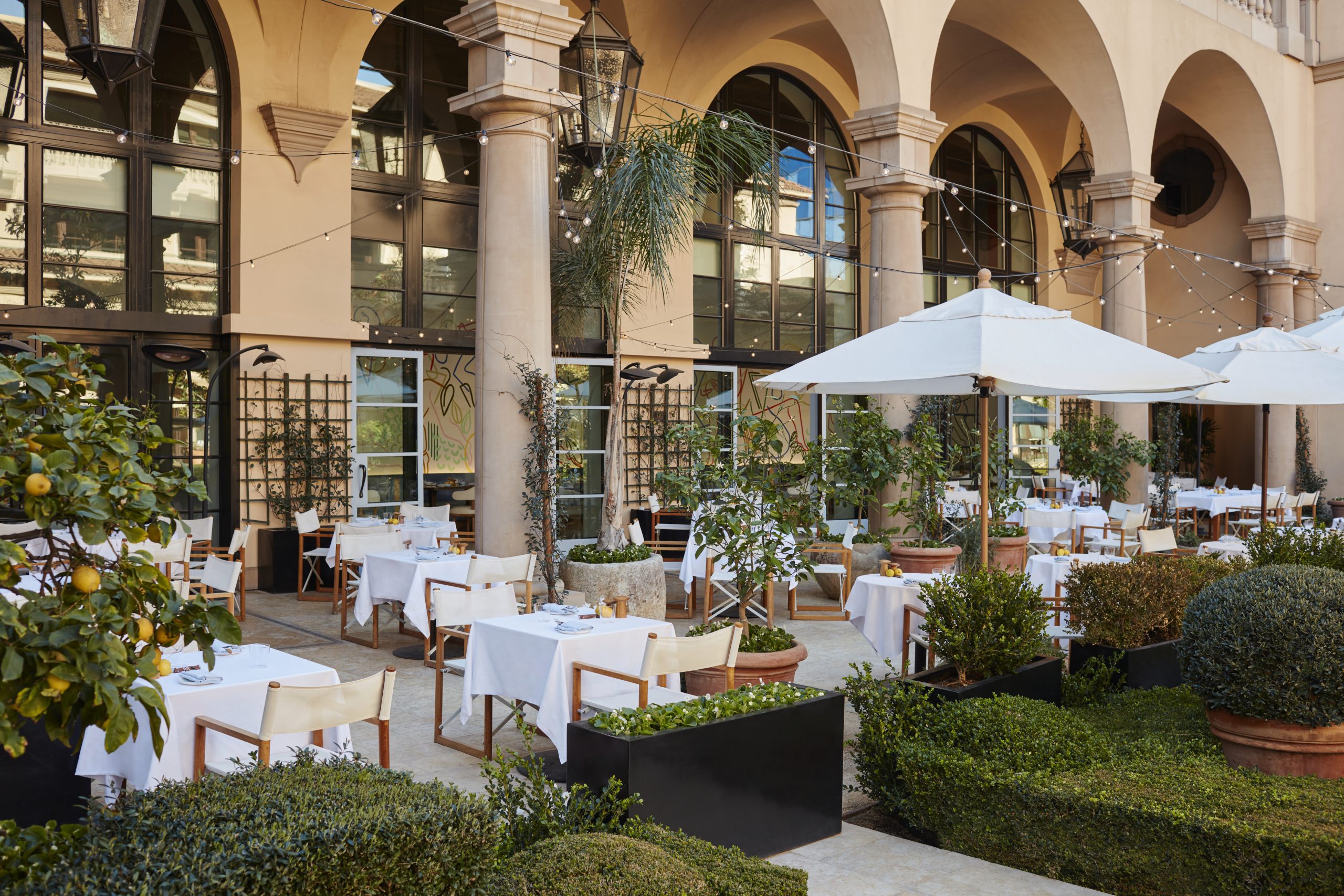
“It’s reassuringly British when it comes to service—it’s a culture of yes,” says Linden Pride, the Australian restaurant and bar owner behind the award-winning Caffe Dante in New York and Bobbie’s, the new speakeasy opening this month below Neil Perry’s new Song Bird restaurant in Sydney’s Double Bay (page 40). Pride should know; he lived at the Maybourne for almost a year while he and his partner, Nathalie Hudson, set up Dante, the stunning new restaurant and bar on the hotel’s ninth-floor rooftop. “Looking out from the roof onto lemon and olive trees, it’s easy to forget that you’re in Southern California, not Europe.”
Opened last year, Dante has quickly become one of the hottest reservations in town, luring in celebrities from Baz Luhrmann and Catherine Martin to the entire Real Madrid soccer team. Like its sister outposts in New York (besides the Greenwich Village original, a West Village location opened in 2020), the focus here is on non-threatening antipasti and aperitivi in a produce-driven menu of fresh familiar stalwarts, with the addition of wood-fired dishes from a giant pizza oven at the heart of the room. Just as it does in New York, a negroni cart does the rounds, and each afternoon is welcomed with a martini happy hour.
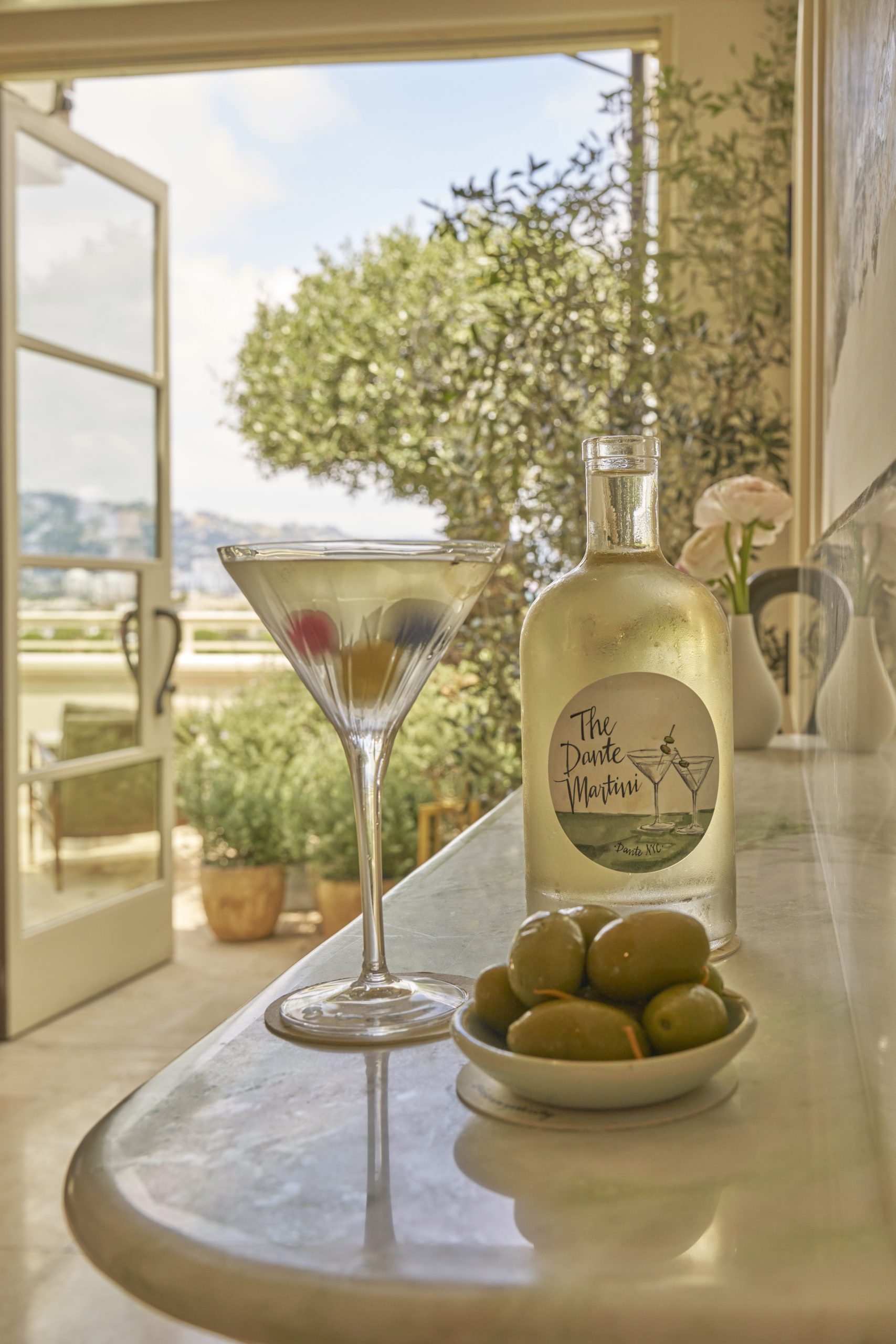
It’s all fittingly Cali-chill. The only drama in the place is a striking ceiling fresco by Los Angeles artist Abel Macias, which dominates the 146-seat room. “Nathalie and I had just been to Europe when we decided to open up here,” Pride recalls, “and the Sistine Chapel blew us away. When we saw the domed ceiling in this room it was a no-brainer.”
Dante joins a string of newcomers in the area, including New York transplants Café Boulud, Marea and Cipriani. Don’t look now, but with arrivals like the Maybourne and Dante, one of the world’s stuffiest cities—yes, Beverly Hills is its own 14.8 km² metropolis—might just be entering a new golden age.
You may also like.
By Alex Cheney
18/10/2024
18/10/2024
Catalina Turns 30
While Most Restaurants Possess The Lifespan of a Butterfly, Catalina Stands Apart For Serving Sydney For Three Decades
Quick and easy yacht access. Arrival by seaplane. A touch of caviar and vintage Champagne to kick things off? Catalina has in spades what the Emerald City is truly famous for. Even after three decades of service, this Rose Bay fixture remains a desirable address.
Afternoons and evenings here always manage to etch themselves on the memory for years to come. And this year, as Catalina marks its 30 anniversary, it’s appropriate to raise a glass to this institution’s winning formula that balances a dramatic outlook with a calming interior.
Whether you’re watching the seaplanes take off by day or being mesmerised by the shadow play of seagulls on the curving terrace by night, Sydney Harbour provides a stunning backdrop.
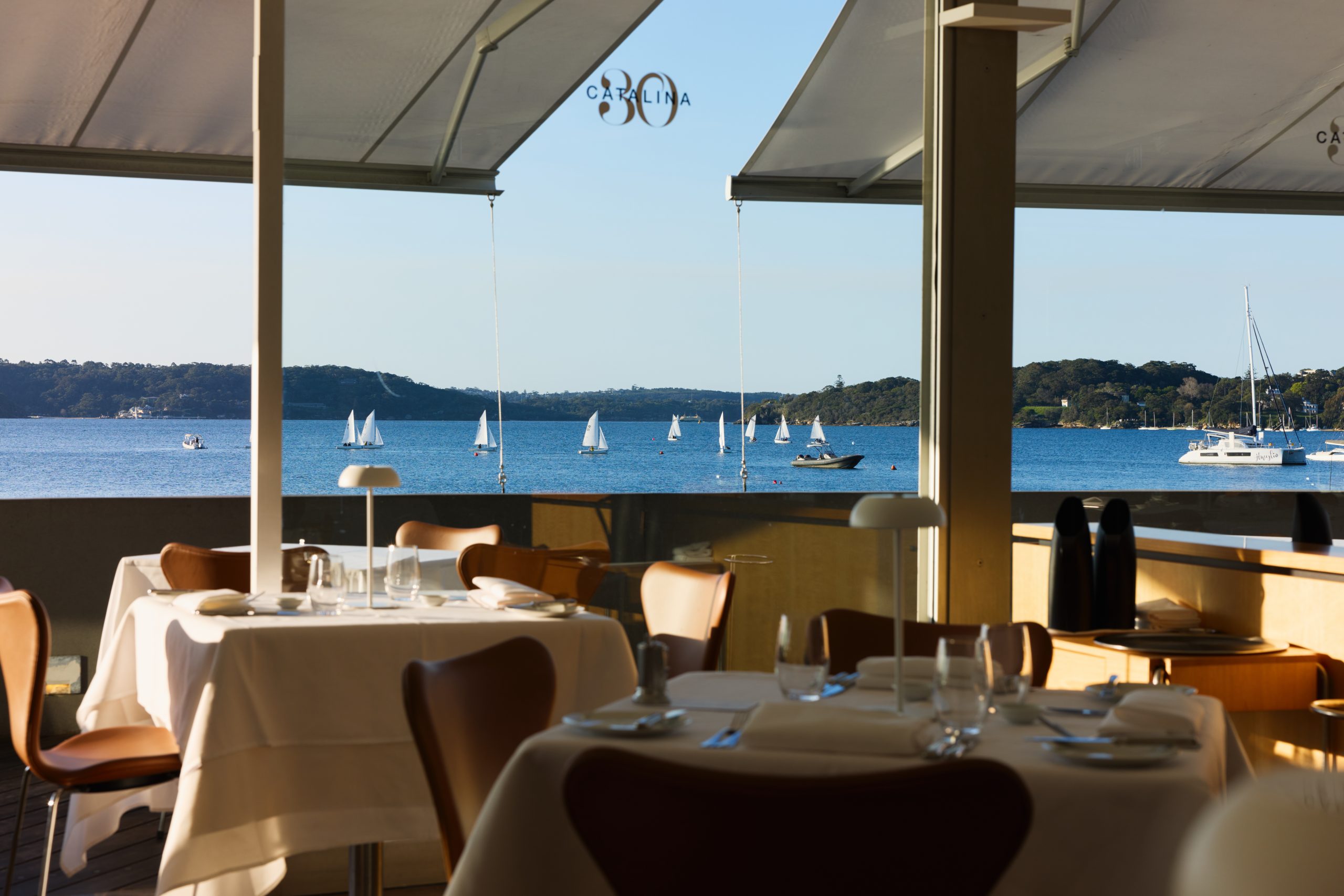
It’s a magical setting that is made sweeter by how little the place has changed.
Executive Chef Mark Axisa and Head Chef Alan O’Keeffe have established a reputation for bright clean flavours and healthy-ish fare. Produce and textures on the menu are simple but never staid and unlike many chefs who get way too tricky in the kitchen, Catalina’s chefs have created a menu that is full of dishes you actually want to eat.
It includes Glacier 51 toothfish served with a cigar of spanner crab roulade, and juicy Spanish mackerel cooked to perfection in red curry sauce with crunchy sugar snap peas. To up the ante this summer you can also indulge in a delicious Rock lobster risotto, order Catalina’s signature suckling pig or hail down their new roaming dessert cocktail trolley (created by designer du jour David Caon).
“We’re about to celebrate 30 years, which is an achievement we’re very proud of,” said owner and founder Judy McMahon at Veuve Clicquot’s 2015 La Grande Dame launch in August.
Dressed in an immaculate white head-to-toe outfit, McMahon was quick to acknowledge the commitment and support of her children James and Kate who have stepped up to the plate since the passing of her late husband, Michael, in early 2020.
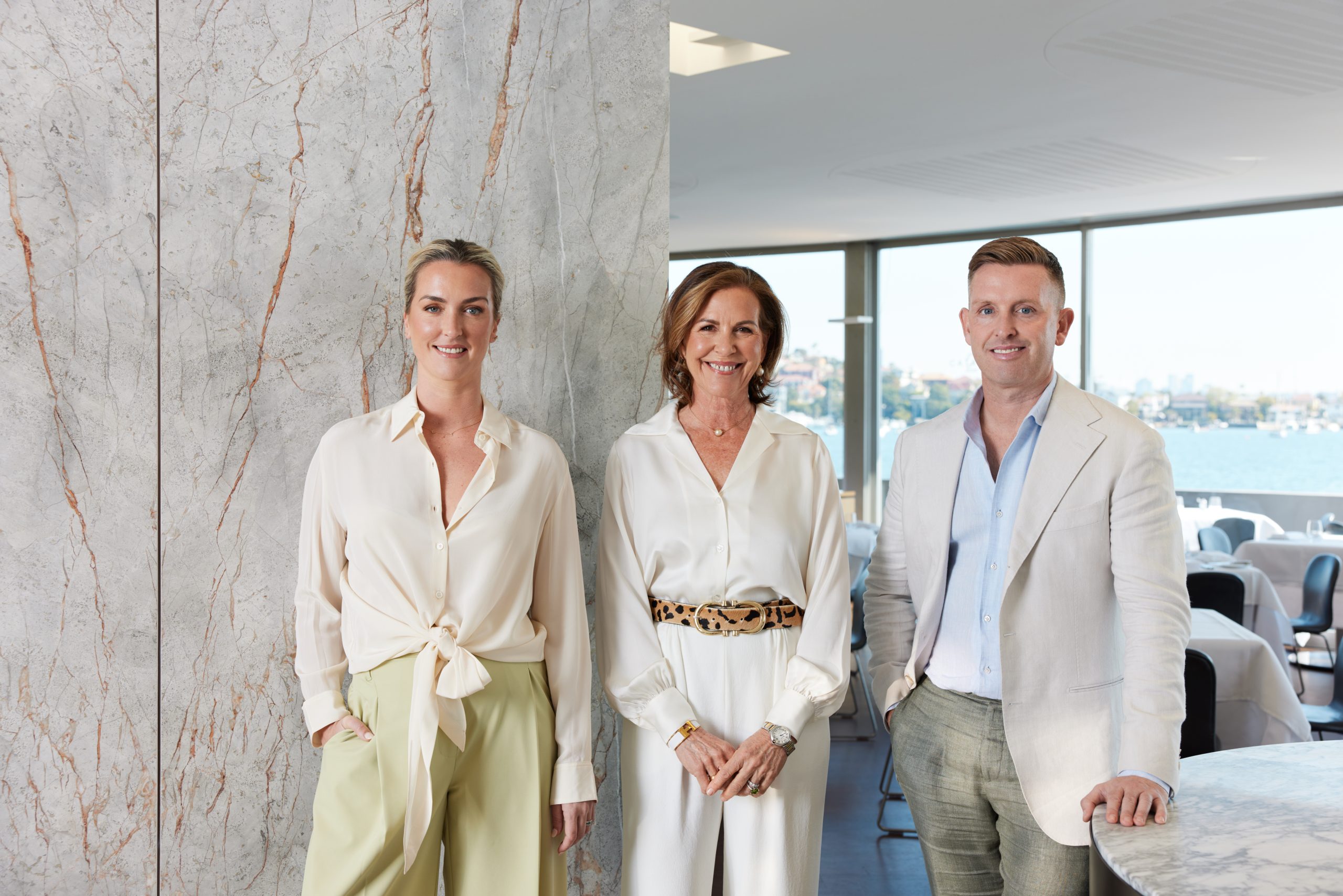
The new guard is flying the flag for fine dining in his honour, serving plenty of freshly shucked Sydney rock oysters, pouring energetic wines from all over the world and maintaining an elegant continuum beloved by Sydney locals.
And because everything tastes better with a view, there’s really no better place to unwind that here, with a fine glass of Veuve Clicquot La Grande Dame rosé Champagne and a trout and herring roe churro.
You may also like.
18/10/2024
By Alex Cheney
18/10/2024






